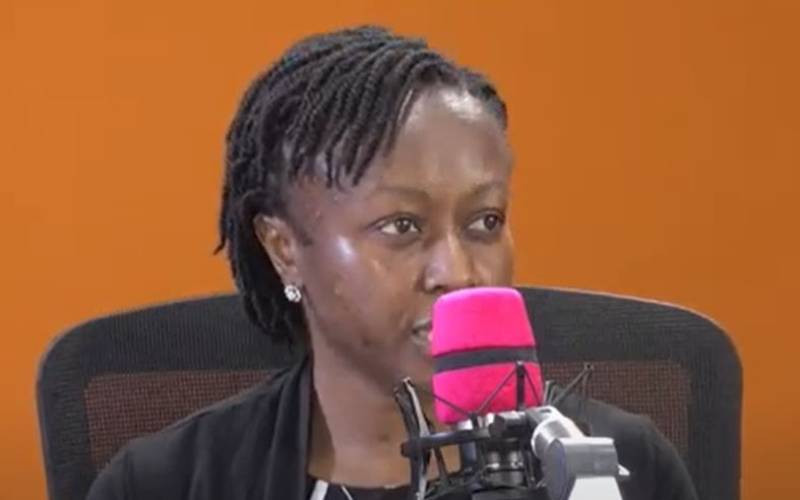
Children who attend private schools are likely to be obese and to have weight-related issues compared to those in public schools, according to a new research.
Among other reasons for obesity especially among pupils in private schools include use of school bus transport and fewer Physical Exercise (PE) lessons.
According to the study conducted in Kakamega County last year by researchers from Masinde Muliro University of Science and Technology (Mmust), private schools put more weight on core curricular activities for better performance in national exams, instead of PE.
Most private schools also lack playing grounds.
Pupils from public schools, on the other hand, are less obese from walking to and from school.
At home, the researchers found that pupils from private schools spent their time watching more hours of TV besides playing video games compared to their public school counterparts.
Another big factor in obesity was meals: obese and overweight students ate more meals per day and the meals featured more carbohydrates and high in fats including chips, sausages, burgers and pizzas.
“The more the meals consumed in a day, the higher the levels of obesity and the more the amount of carbohydrates and fats consumed, the higher the levels of obesity,” said Micky Olutende, one of the researchers alongside Dr Issah Kweyu and Prof Edwin Wamukoya from the department of Health Promotion and Sports Science and Dr Maximilla Wanzala from the department of Public Health.
Olutende explained that “the pupils consume a lot of food in a day, particularly fat and sugars, but do not burn off the energy through exercise and physical activity as most schools had scrapped physical education from their timetables. The surplus energy is stored as fat in the body and this results to obesity.”
Dr Kweyu noted that pupils in private schools watched more TV as “their parents have employed house helps while they watch TV or play computer games while snacking. They eventually develop obesity or overweight due to the lifestyle.”
“For the children who were physically fit, the distance between home and the schools were short and enjoyed each other’s company as they walked to school and back. They were mainly from public schools and actively involved in physical activities.”
Dr Wanzala noted that pupils from private schools had access to more meals both at home and in school.
The researchers said that obesity among pupils in Kakamega was also on the rise and this predisposes them to chronic diseases such as Type 2 diabetes, high blood pressure, breathing problems, hypertension and non-alcoholic fatty liver disease.
Some were also at risk of pre-diabetes-where blood sugar is above normal, but one doesn’t have the disease yet.
The study also reveals that Type 2 diabetes was prevalent among obese pupils compared to other chronic diseases.
Type 2 diabetes is a chronic condition that affects the way the body processes blood sugar (glucose). The body either does not produce enough insulin or it resists it with symptoms including increased thirst, frequent urination, hunger, fatigue and blurred vision.
The results were made public during the 15th International Multi-disciplinary Virtual Conference held last week at Mmust.
The study aimed at determining the prevalence and risk factors for obesity among school aged children in both private and public schools. The findings were published in the Journal of Advances in Sports and Physical Education.
 The Standard Group Plc is a multi-media organization with investments in media platforms spanning newspaper print
operations, television, radio broadcasting, digital and online services. The Standard Group is recognized as a
leading multi-media house in Kenya with a key influence in matters of national and international interest.
The Standard Group Plc is a multi-media organization with investments in media platforms spanning newspaper print
operations, television, radio broadcasting, digital and online services. The Standard Group is recognized as a
leading multi-media house in Kenya with a key influence in matters of national and international interest.











